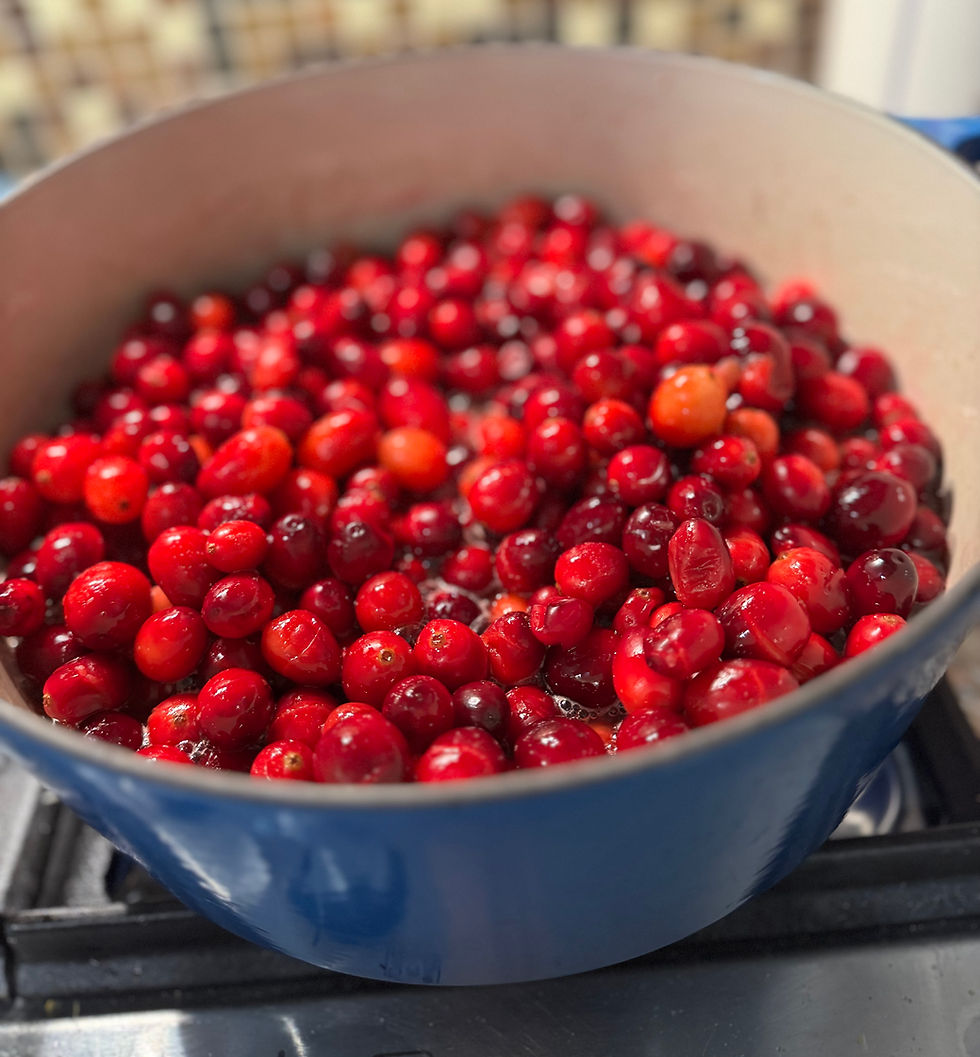Local Honey. Worth the Money!
- Nona Spillers

- Aug 28, 2022
- 3 min read
Updated: Aug 28, 2022
Like many things “small batch”, local honey producers do most of the work caring for their bees, extracting and bottling their honey by hand. That means expert eyes are on every step of the process insuring healthy bees and delicious honey.
Many people don’t realize that honey is a seasonal product. Depending on where you live - there are one or two times each year when the plants that produce nectar (the key ingredient bees use to make honey) bloom. It’s called the flow. Honey made from the Spring flow can taste very different than honey made from a Fall flow - that’s because different flowers and trees bloom at different times of year.
Spillers Honey Bees: Single Origin Honey
One of the things that makes our honey special (and worth the cost) is that we keep the honey from each of our locations (bee yards) separate. And they each look (color) and taste a little different.

We pride ourselves on the fact that you can “taste the place”. Winemakers talk the taste of the terroir or land. In winemaking, when you only use grapes from one vineyard, it can be called an Estate wine. In agriculture the term Farmstead is often used. One example is when cheese is produced on the farm where the animals live.
We also keep each harvest (similar to a wine vintage) separate. You can taste the difference between honey harvested at Haecker Farm in 2021 and 2022.
Many commercial honeys are blended. That means honey from several different areas and beekeeping operations are blended together to create a consistent color / flavor profiles for customers. There’s nothing wrong with this practice! It’s just one of the things that makes local honey and commercially produced honey different.
Honeybees are Livestock & Honey is an Agricultural Crop
Honeybees are considered livestock by the USDA - funny but true. And like most things in agriculture, there are good years and not so good years based mostly on Mother Nature.
For local beekeepers, the labor that goes into a jar of honey far exceeds the retail price. That is certainly true for us! We keep bees because we’re passionate about their importance to our environment and food supply. The money we make selling honey simply helps us offset the expense.
For beekeepers who purchase bees - they are expensive. One healthy colony is worth up to $500. That’s one reason we choose to rescue honeybees. It gives bees who are in an unwanted location a chance to thrive AND they are “free bees” other than our time, gas and supplies. Sort of like any other animal you rescue “for free”.
Beyond bees - there is woodware - the hive boxes, supers and feeders. John builds all of our equipment out of reclaimed wood. This saved us during the pandemic when the price and scarcity of wood and bee ware was serious.

Equipment - every beekeeper has their own favorite equipment. Our essentials start with a protective full suit ($300+). We choose to keep feral bees which tend to be more defensive than some of the European varieties. In our experience, they thrive in our climate and produce more honey than the packages of bees we’ve purchased. And then there are things like the smoker, hive tools (which we are constantly misplacing!) And gloves.
Density and Travel - Our bee yards are about an hour away from where we live. We manage the number of hives that can be healthfully supported by the natural forage in the area. We have 16 hives on the 170 acre Spillers Bee Ranch home of Red Road honey. That’s the right number for what blooms in that part of Guadalupe County. We have 13 hives on our 160 Haecker Farm, an area that has robust forage. We could easily have three or four times that many hives — but we work hard to protect our bees from pesticides that are used in conventional ag. That means there are only two spots where we’re comfortable keeping bees.
By purchasing honey from a local beekeeper you are supporting them through the good and challenging times!




Comments